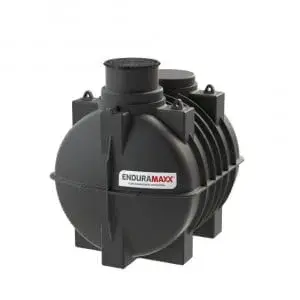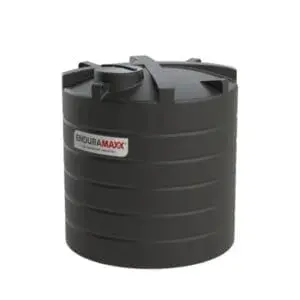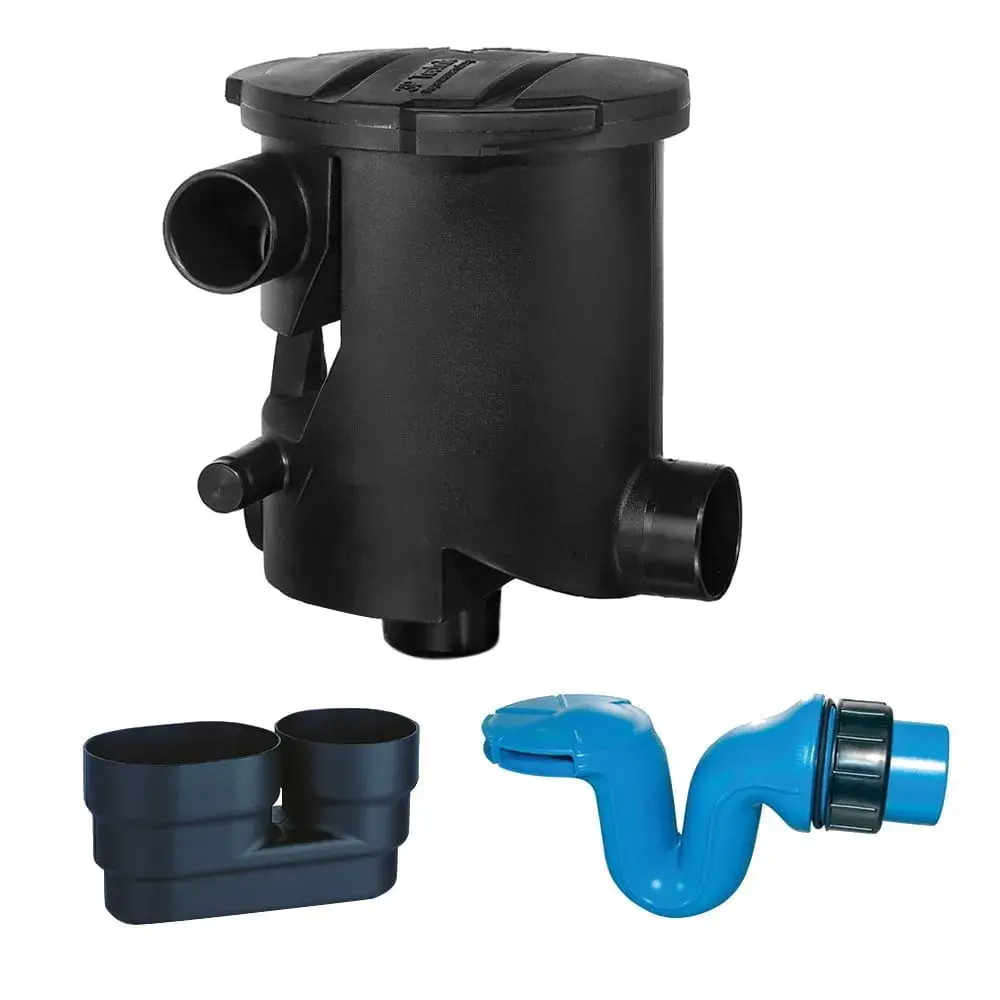Three Main Steps of the Wastewater Treatment Process, – Wastewater treatment of wastewater is essential not only for the environment; due to the use of several chemicals throughout the process, a safe process also keeps employees and your facility safe.
Wastewater treatment is usually broken down into steps: primary treatment, which removes grease, dirt, gravel, and floatable waste, and secondary treatment, which removes even more suspended solids and pollutants by using biological processes.
Primary Treatment
During primary treatment, 40-50% of solids are removed from wastewater and usually involves large screens that let water pass through, but not floatable trash and other pollutants. Primary treatment involves the filtration of water through a grit chamber, which allows for the removal of coarse solids from the water. This is done for two primary reasons: to keep the water clean, and to prevent the grit from causing damage to the equipment used in wastewater treatment. The last step of primary treatment involves sedimentation, which causes the physical settling of matter and often uses chemicals like flocculants and coagulants.
Secondary Treatment
The second of the main steps of wastewater treatment is usually the final step to wastewater treatment removing 85-90% of all the pollutants. Water flows through a secondary sedimentation tank that allows both solid wastes and microorganisms to form clumps and settle out of the water that is being treated. This step in the process of wastewater treatment uses various types of bacteria to treat water. This combination is called “activated sludge.” Activated sludge can be used to help improve crop soil or as a component of the process of making methane gas.
Once the water moves past this stage it enters into the disinfection stage. During this part of the wastewater treatment process, chemicals like chlorine and sodium hypochlorite are added to the wastewater to remove harmful pathogens that cause cholera, polio, typhoid, and other diseases and once finishes its treatment, it can be returned safely to waterways.
Tertiary Treatment
These main steps of wastewater treatment are the most important, but there is a third step known as tertiary treatment and is capable of removing over 99% of all impurities from wastewater.
Ensuring Safety During The Treatment Process
These main steps of wastewater treatment are critical for maintaining a safe natural environment. Now that you know more about wastewater treatment, it is important that you do everything in your power to help this process. By operating your wastewater plant in a safe way, you can help ensure you are running a more effective wastewater treatment plant while keeping your facility, your employees, and the environment safe.
During the Three Main Steps of the Wastewater Treatment Process, one of the best ways to ensure the safety of the people and environment around you is proper chemical storage. Our best advice is to start with the chemical you will be storing. You’ll be using different chemicals for at least four different reasons throughout the process, and each chemical requires specific storage guidelines to be met.
Posts By Topics
- Blog (303)
- Chemical Storage Tanks (118)
- Chemical Dosing Tanks (114)
- Chemical Tanks (114)
- Water Tanks (58)
- Rainwater Harvesting Tanks (43)
- Vertical Rainwater Tanks (31)
- Vertical Storage Tanks (31)
- Cone Bottom Tanks (19)
- Conical Cone Tanks (18)
- Rainwater Harvesting (17)
- Water Bowsers (15)
- Horizontal Tanks (14)
- Potable Water Tanks (13)
- Farming (9)
- Case Studies (8)
- Industrial Storage Tanks (7)
- Liquid Fertilser Storage Tanks (6)
- WRAS Approved Potable Tanks (6)
- Wine and Beer Production (6)
- Horizontal Transport Tanks (5)
- Microbrewery (5)
- Rainwater (5)
- Category 5 Break Tanks (4)
- Cider Production (4)
- Mixer Tanks (4)
- Molasses Tanks (4)
- Polyethylene tanks (4)
- Rainwater Filter Kits (4)
- SPECIALIST & BESPOKE TANKS (4)
- Bunded Tanks (3)
- Slimline Tanks (3)
- WRAS Approved (3)
- Clarification Tanks (2)
- Crosslinked Polymer Tanks (XLPE) (2)
- Fertiliser Tanks (2)
- Sump Tanks (2)
- Tank Installation (2)
- Water Butt (2)
- underground water tanks (2)
- ACCESSORIES & FITTINGS (1)
- ATV & UTV SPRAYING UNITS (1)
- Above Ground Effluent Tanks (1)
- Bespoke Tank Frames (1)
- Category 5 Turret (1)
- Caustic Soda Tanks (1)
- Closed Top Bunded Tanks (1)
- Craft beer (1)
- Effluent Tanks (1)
- Enduramaxx (1)
- Ferric Chloride Tanks (1)
- Fire Safety Regulations (1)
- Fire Sprinkler Water Storage Tanks (1)
- Industrial Water Tank (1)
- Open Top Bunded Tanks (1)
- Open Top Cone Tanks (1)
- Open Top Vertical Tanks (1)
- Polyethylene Potable Water Tanks (1)
- Polyvinylidene Fluoride (PVDF) Tanks (1)
- Polyvinylidene Fluoride Tanks (PVDF) (1)
- Pressure Washers (1)
- Pro Series Spot Sprayers (1)
- RWH (1)
- Sodium Hydroxide Storage Tanks (1)
- Sprayer Fill-up Tanks (1)
- Uncategorised (1)
- liquid fertiliser tank (1)
Sign up to the newsletter
enduramaxx.marketing
Related Posts
Coagulation Water Treatment And Wastewater Treatment Processes
Coagulation for Water and Wastewater Treatment Processes – coagulation is an essential part of...
Abattoir & Slaughterhouse Wastewater Treatment
Abattoir & Slaughterhouse Wastewater Treatment, meat processing effluents and slaughterhouse...
Effluent & Process Water Treatment Consultancy & Support
Effluent & Process Water Treatment Consultancy & Support, Enduramaxx, wastewater treatment, process...
Related Products
From £1,080.00 inc. VAT
£900.00 exc. VAT
From £1,344.00 inc. VAT
£1,120.00 exc. VAT
From £768.00 inc. VAT
£640.00 exc. VAT
£480.00 inc. VAT
£400.00 exc. VAT






